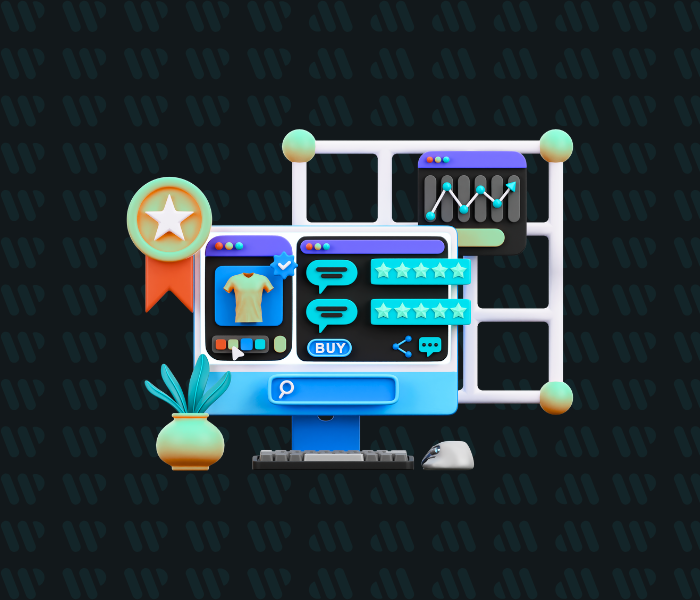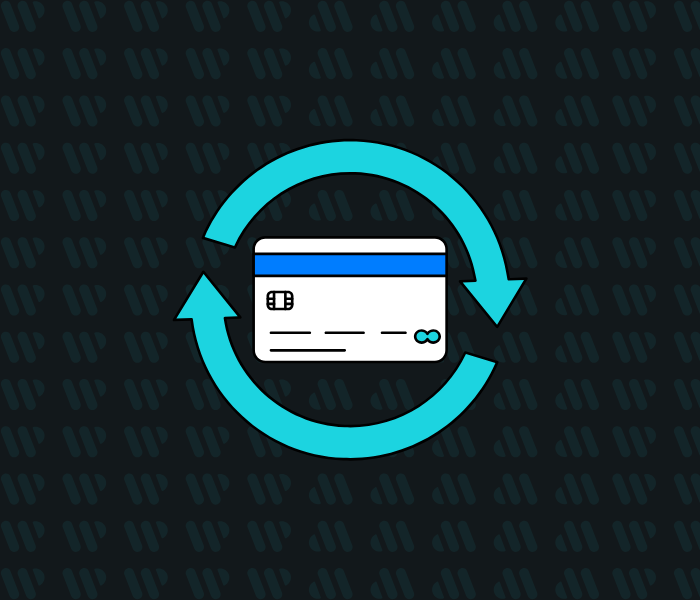You’ve done the hard part, sourced products, set up an online store, and maybe even driven traffic through ads or social media.
But sales? They’re not matching your effort.
If you’ve ever thought:
- “Why are people visiting my store but not buying?”
- “Why do I keep getting abandoned carts?”
- “Why is my store so slow compared to competitors?”
You’re not alone.
The truth is, most struggling online stores aren’t failing because of bad products. They’re failing because the e-commerce website development wasn’t designed to convert.
Here’s what that usually looks like:
- A beautiful homepage that hides the “Buy Now” button three scrolls down.
- Product pages that load in 6 seconds (and 40% of visitors never wait that long).
- A checkout process that feels like filling out a government form.
We’ve rebuilt e-commerce websites where simply improving site speed and simplifying checkout boosted sales by 30%, without touching the marketing budget.
Bottom line: If your store isn’t selling, it’s not time to give up. It’s time to relook at your website as your sales engine, not just a digital catalog.
The Core Fixes That Make E-Commerce Website Development Work
Most underperforming online stores have the same set of problems: slow load times, clunky navigation, and a checkout process that scares buyers away. Effective e-commerce website development fixes these issues at the root, so every visitor has a clear, fast, and trustworthy buying journey.
Here’s what a high-performing store needs:
1. Storefront Design That Sells
- More than “looking pretty,” your storefront must guide customers naturally from browsing to buying.
- Strategic layouts, product categories, and calls-to-action reduce bounce rates and increase order value.
- If you design your website with clear CTAs, trust badges, and optimized product images, you remove hesitation from the buying decision.
2. Mobile-First, Speed-First Development
- Over 70% of e-commerce traffic comes from mobile devices. If your store loads slowly on a phone, you’re losing most of your potential buyers.
- Speed optimization (compressed images, clean code, and CDN usage) is now as important as design.
- For clients who wanted an affordable website design but still needed high performance, we’ve cut mobile load times from 5 seconds to under 2, doubling their conversion rates.
3. Streamlined Checkout Process
- Every extra click loses sales, especially if customers have to create an account before buying.
- E-commerce website development should integrate guest checkout, simple forms, and multiple payment options.
- When we develop websites with optimized checkout flows, cart abandonment rates often drop by 20–35%.
4. SEO & Visibility Built In
- Without search traffic, you’ll always depend on ads to get sales.
- Proper website management services ensure your product pages are keyword-optimized, your URLs are clean, and your site meets Google’s Core Web Vitals.
- Even a small improvement in rankings can drive steady, free traffic.
5. Scalability for Future Growth
Your first 100 orders are exciting, but if your platform slows down or breaks under high demand, growth stalls.
Choosing the right tech stack (whether custom or via a subscription service website builder) means your store can handle more products, more visitors, and more orders without a rebuild.
A well-developed e-commerce site is not a one-time project, it’s a living sales machine that needs ongoing optimization to stay ahead of both competitors and changing customer habits.
The ROI of a Well-Built E-Commerce Website
When done right, e-commerce website development isn’t just a cost, it’s an investment that keeps paying you back. The difference between a poorly built store and a high-performing one can be the difference between barely breaking even and consistent, scalable profits.
Here’s where the return comes from:
1. Higher Conversion Rates
- A professional website with optimized product pages, trust signals, and simple checkout flows converts more of your visitors into buyers.
- Even a 1% lift in conversions can mean thousands in extra revenue over a year.
2. Lower Customer Acquisition Costs
- With affordable website design that’s SEO-optimized, you can attract more organic traffic instead of paying for every click.
- Long-term, this means higher margins and a healthier ad spend.
3. Reduced Cart Abandonment
- Smart website management services ensure your checkout is smooth, mobile-friendly, and trustworthy, reducing drop-offs.
- Clients who implemented these changes saw cart abandonment rates drop by 20–35%.
4. Scalability Without Rebuilds
- Professional website development for small businesses means your store can handle more products, more orders, and seasonal traffic spikes without crashing.
- This future-proofing saves you the cost of frequent redesigns.
5. Stronger Brand Perception
When you design your website to be visually consistent, fast, and secure, you’re building trust, and trust directly influences buying decisions.
DIY vs. Professional E-Commerce Development
Let’s be real, you can build your own store. There are plenty of tools out there. Drag. Drop. Done.
But here’s the catch.
- DIY looks great until you realize your checkout is scaring buyers away.
- Or your “fast” template takes 6 seconds to load.
- Or Google buries you on page 7 because your SEO game is non-existent.
When DIY Works
- You’re launching a side hustle with 10 products.
- You just need a clean, functional site to test the market.
- You don’t mind a few late nights learning the ropes.
When It’s Time to Call the Pros
- Your store is live, but sales are flat.
- You have traffic but zero conversions.
- Your mobile site is a scrolling nightmare.
- You’re done wasting money on ads that send people to a “meh” experience.
Why Professional Development Wins
- Pro devs know where customers drop off and how to stop it.
- They build with speed, SEO, and sales in mind from day one.
- You get a professional website that feels like your brand, not a cookie-cutter template.
Reality check: You wouldn’t DIY your storefront’s plumbing or electrical work. So why risk your online sales on guesswork?
How Websity Delivers E-Commerce Websites That Convert
We don’t just “build websites.” We build sales machines.
Most agencies hand you a shiny new store and wish you luck. At Websity, e-commerce website development is a start-to-finish, sell-more process, and we do it on any platform you use. Shopify, WooCommerce, Magento, BigCommerce, custom builds, we’ve got you covered.
Our Method
- Audit What’s Broken: We dig into your current site: speed, SEO, checkout flow, design, and find the leaks.
- Fix the Urgent Stuff First: Security issues, slow load times, and broken product pages get patched right away.
- Redesign for Conversions: Every button, image, and headline gets placed to guide visitors to “Add to Cart.”
- Optimize & Scale: Once you’re selling, we make sure you can handle more products, more traffic, and more orders, without breaking.
Build Your Website to Sell, Not Just Exist
If your store isn’t selling, it’s not “just the market.” It’s not your products. It’s your website.
The good news? That’s fixable. And when you fix it, the sales follow.
Because here’s the truth in e-commerce, your website is your best (or worst) salesperson. A slow, clunky, outdated site will chase customers away faster than a sold-out product page. But a fast, user-friendly, SEO-optimized store? That’s a 24/7 revenue machine.
At Websity, we make e-commerce website development simple:
- We work on any platform you’re on, Shopify, WooCommerce, Magento, BigCommerce, and custom builds.
- We fix what’s broken, redesign for conversions, and make sure you’re built for growth.
- And we do it without the endless “agency” fluff.





